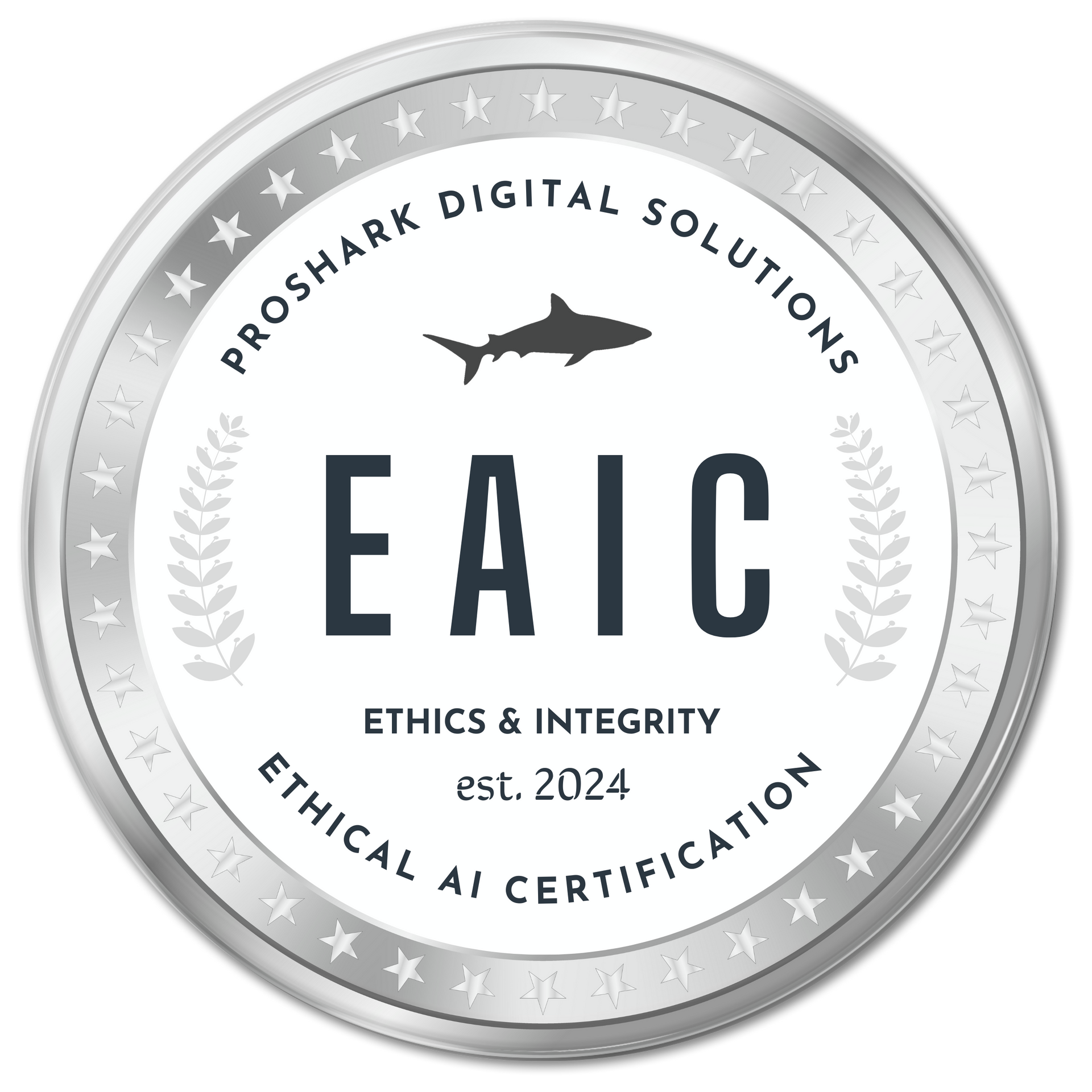Conversion Optimization: Turning Visitors Into Believers
How to Transform Passive Clicks into Loyal Customers Through Strategy, Psychology, and Smart Design

In today’s digital landscape, getting people to visit your website is only half the battle. The real challenge? Getting them to believe in your offering — to trust your message, to feel seen, to take action.
That’s where conversion optimization comes in.
It’s not about flashy buttons, aggressive pop-ups, or tricking users into clicking. Conversion Optimization is the art and science of guiding your visitors toward saying “yes” — yes to signing up, yes to downloading, yes to buying, yes to coming back.
In this blog, we’ll break down how to master conversion optimization, the principles behind turning casual visitors into committed customers, and the mindset shifts you need to make your website not just a destination — but a decision-maker.
What Is Conversion Optimization?
Conversion Optimization, often referred to as CRO (Conversion Rate Optimization), is the systematic process of increasing the percentage of website visitors who take a desired action. That action could be:
- Filling out a form
- Subscribing to a newsletter
- Making a purchase
- Booking a demo
- Downloading an app
- Or even just clicking through to a next step
Unlike driving traffic (SEO, social, paid ads), CRO focuses on making the most of the traffic you already have.
It’s the difference between having 100,000 visitors who skim and bounce — and 10,000 who believe in your message, convert, and come back.
Why Conversion Optimization Matters
Conversion Optimization is not just about metrics — it’s about momentum. When someone lands on your site, you have just a few seconds to do all of this:
- Capture their attention
- Build trust
- Communicate value
- Provide clarity
- Prompt action
If you fumble any of those moments, you lose the user.
Here’s why it’s so powerful:
- More Revenue, Less Spend: Instead of pouring more money into ads, improving conversions increases ROI from existing traffic.
- Better User Experience: Good CRO is rooted in understanding what your users need — and delivering it fast.
- Scalability: Small changes compound. A 2% improvement in conversion on a page with high traffic could mean thousands of dollars gained per month.
From Visitors to Believers: The Psychology Behind Conversion
Let’s get something straight: People don’t convert when they understand you. They convert when they feel understood.
To turn a visitor into a believer, you need to tap into human psychology:
1. Trust Is Non-Negotiable
If your page looks even slightly sketchy, conversion drops. Trust signals include:
- Clean, consistent design
- HTTPS and secure payment icons
- Customer reviews and testimonials
- Clear contact info and refund policies
2. Social Proof Drives Decisions
Humans are wired to follow the crowd. Showing:
- User counts (“Join 100,000+ subscribers”)
- Testimonials
- Media logos (“As seen in…”)
- Star ratings and real-time purchases
All of these build confidence that others trust you — so they can too.
3. Clarity Beats Cleverness
Fancy copy might win awards. Clear copy wins conversions. Tell users:
- What you do
- Why it matters to them
- What they should do next
Avoid jargon. Use the language your audience actually uses and understands.
4. Friction Kills Flow
Every unnecessary field, every confusing step — it’s a leak in your funnel. Keep forms short, CTAs obvious, and navigation simple.
5. Emotion Triggers Action
Fear of missing out (FOMO), desire for belonging, and even urgency (“Only 3 left!”) can nudge users to act. But use it ethically — and in moderation.
Key Areas to Optimize
To increase conversions, you need to audit and optimize your site from landing page to thank you page. Here’s where to focus:
1. Landing Pages
- Are they aligned with the ad or link that brought the user?
- Is the headline benefit-driven and clear?
- Is the CTA visible within the first few seconds?
2. Forms and CTAs
- Are you asking for too much information upfront?
- Is your CTA button compelling (not just “Submit”)?
- Are you using microcopy to ease objections (e.g., “No credit card required”)?
3. Homepage
- Does it clearly say what you offer and who it’s for?
- Is the primary action (sign-up, explore, shop) obvious?
4. Product Pages
- Do you show real images, reviews, FAQs?
- Is pricing transparent and fair?
- Are you answering common objections directly?
5. Checkout Flow
- Is it mobile-friendly and fast?
- Are there surprise fees or confusing steps?
- Is guest checkout available?
Conversion Metrics That Matter
Conversion isn’t just about getting more people to click "buy." It’s about tracking behaviors that move people closer to belief and action. Here are key metrics to watch:
- Conversion Rate (CR): Total conversions / Total visitors
- Bounce Rate: % of users who leave without interaction
- Average Session Duration: How long users stay
- Cart Abandonment Rate: % of users who start but don’t finish checkout
- Micro Conversions: Smaller actions like video views, downloads, scroll depth, or button clicks
Tracking micro-conversions is critical — they show where belief is building, even before the final action.
A/B Testing: The Engine of CRO
No amount of theory beats data. A/B testing lets you try two (or more) versions of a page or element to see which performs better.
What Should You Test?
- Headlines and subheads
- CTA button color, text, or placement
- Images and hero shots
- Page layout and flow
- Testimonials vs. no testimonials
- Pricing models (monthly vs. yearly)
Pro Tips for Testing:
- Test one variable at a time for clarity.
- Set a clear hypothesis before each test.
- Wait for statistically significant results (don’t jump the gun).
- Don’t test just for the sake of testing — aim to learn, not just win.
Real-World CRO Wins
Dropbox
They famously increased conversions by simplifying their homepage. Instead of explaining features, they showcased a single, short explainer video. Conversions shot up by 10%, equating to millions of new users.
Basecamp
They tested multiple headlines before landing on a winner that directly addressed their audience’s pain: “Get your team organized.” That clarity helped them boost signups significantly.
Expedia
Removed a single field from their booking form — “Company name.” It turned out to confuse users. Result? A $12 million increase in annual profit.
Tools to Supercharge Your CRO
If you're serious about turning visitors into believers, here are tools to help you do it right:
For Analytics
- Google Analytics (Free): Essential for traffic and behavior tracking
- Hotjar / Crazy Egg: Heatmaps, session replays, scroll tracking
For A/B Testing
- Google Optimize (free but sunsetting in some regions)
- Optimizely / VWO: Enterprise-level testing tools
- Convert: Privacy-focused A/B testing tool
For Landing Pages
- Unbounce / Leadpages: Create high-converting landing pages without a developer
- Instapage: Great for dynamic personalization and A/B testing
For Surveys and Feedback
- Typeform / Jotform: Ask why users didn’t convert
- Qualaroo: On-page feedback prompts
Turning Belief into Loyalty
Conversion is just the first step. Turning a first-time user into a believer means:
- Following up: Through email sequences, onboarding, or thank-you pages
- Continuing to deliver value: Share useful content, not just sales pitches
- Listening: Gather feedback constantly
- Optimizing again and again: CRO isn’t a one-time fix. It’s a mindset.
Remember: A visitor who believes in your product or mission becomes more than a conversion. They become a customer, an advocate, and maybe even a lifelong fan.
Final Thoughts: Belief Is the Ultimate Conversion
In a digital world filled with options, belief is rare — and powerful.
You can pay to drive all the traffic you want. But if your site doesn’t resonate, if it doesn’t build trust, spark emotion, and make someone feel like this is for me — they’ll leave.
Conversion optimization is not about gaming the system. It’s about creating digital experiences that respect attention, build trust, and deliver clarity.
When you treat your users like real people — not just numbers in a funnel — they’ll reward you with more than a click.
They’ll convert.
They’ll believe.
And they’ll come back for more.







